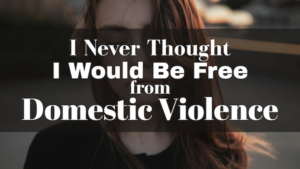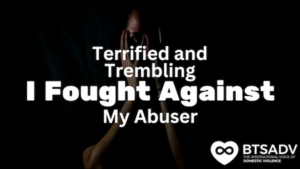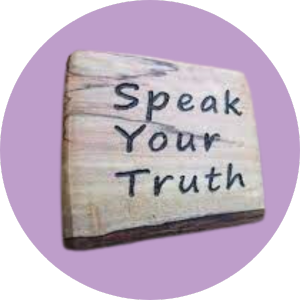Art doesn’t need to be for show. In fact, oftentimes artists are creating for themselves. Others appreciating their artwork is a bonus. Plus, research reveals that utilizing art therapy for healing can prove to be a helpful tool for trauma survivors.
Several months ago, I had the idea to attack a personal trauma of mine by drawing the way I felt about a particular situation. While drawing, coloring, and labeling my art, I found myself coming to a calm conclusion about various aspects of the situation. The next day, I was faced with a high-intensity situation related to the one I’d drawn about. It was comforting to simply grab the piece of art I’d completed to reflect on the emotions I’d processed.
The Science of Art Therapy
Artistic expression can scientifically calm the storm in the mind to better reflect and process a painful situation. Encouraging the brain to access a “flow state,” better known as “getting in the zone,” according to the National Domestic Violence Hotline. Art therapy can be a fantastic tool for survivors of domestic violence. Regardless of whether or not someone considers themselves creative or artistic.
“Art therapy is used to improve cognitive and sensorimotor functions, foster self-esteem and self-awareness, cultivate emotional resilience, promote insight, enhance social skills, reduce and resolve conflicts and distress, and advance societal and ecological change.”
The American Art Therapy Association
Earlier this year, Very Well Mind pointed out that while artistic expression, in general, can be beneficial, art therapy specifically asks clients to focus inward on their experiences. They stated, “in creating art, people are able to focus on their own perceptions, imagination, and feelings. Clients are encouraged to create art that expresses their inner world more than making something that is an expression of the outer world.”
Art and Trauma
The Hotline stated that recent research reveals that traumatic memories are stored on the right side of the brain. These memories are “non-verbal” (sights, sounds, and smells) whereas memories stored on the left side of the brain are “verbal.”
According to The Hotline, “this means that commonly recommended self-care activities like journaling, talking to a friend, or even traditional talk therapy might not be the most effective strategies for working through [traumatic] memories and the emotional and physical reactions attached to them.” The article explains how artistic expression can tap into the right side of the brain, where traumatic memories are stored. Which encourages a person to enter the previously mentioned “flow state” where intrusive thoughts stay at bay.
Interestingly, one way to access dopamine, a chemical in our brain related to reward and pleasure, is through a repetitive action. “Engaging in creative pursuits regularly can help train your brain to produce more of these feel-good chemicals that can improve your mood over time,” said The Hotline. Artistic expressions tend to provide a positive result. Some examples include, creating a brightly colored pot you can display in your home, singing a note you have been practicing, or holding a yoga pose. For me, I created a tangible piece of art that gave me the satisfaction of drawing something that turned out better than I expected, as well as something I could reflect back on whenever I needed to.
Art and Survivors
The connections that domestic violence survivors can create with each other is another vital aspect of art therapy. Art, in general, is somehow both an easy yet personal way to connect with others. Expressing past trauma, hardship or painful emotions is sometimes less uncomfortable to do when done through artistic expression. The feeling that music can express emotions pretty universal, and applicable here.
Chanel Miller, who was known as the Emily Doe victim during the Brock Turner case, published a memoir in 2019 titled Know My Name. In her memoir, she spoke of attending an art program the summer after her assault. Performing in a comedic stand-up production, as well as attending a workshop for survivors. She shared with The New York Times, “Drawing was a way for me to see that I was still there.”
In an article published by VAWnet, the writer said of a domestic violence survivor writing workshop they used to conduct, “As we worked together to find meaning in poetry and shared our vulnerabilities when reading our own writings aloud, we built community.”
Finding community through art can provide survivors of domestic violence with a sense of safety and a form of self-care.
The path of healing can be accessed by getting out your colored pencils, paints, or ballroom Youtube video and seeing how far it takes you.
If you or someone you know is in an abusive relationship, there is help. You can visit the Break the Silence Against Domestic Violence website at www.breakthesilencedv.org or chat with one of our support line advocates at 855-287-1777.









